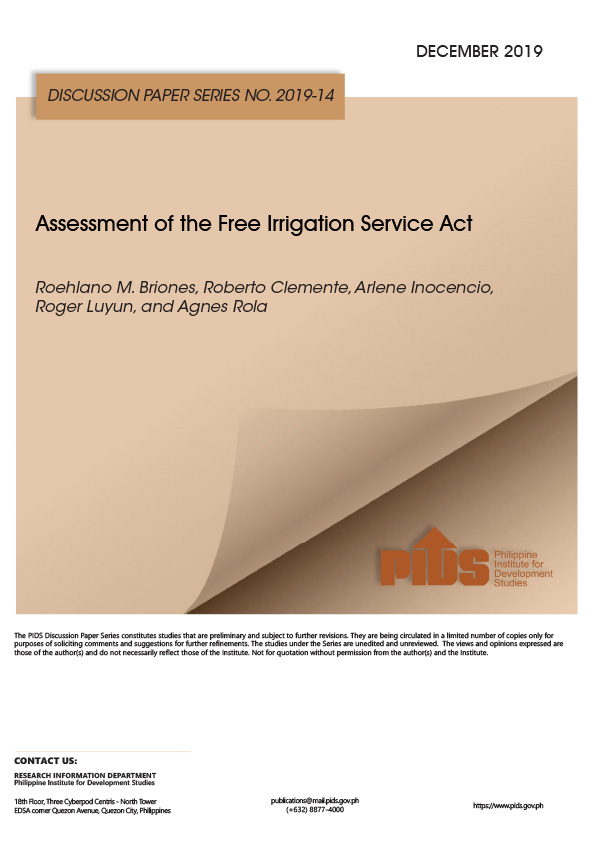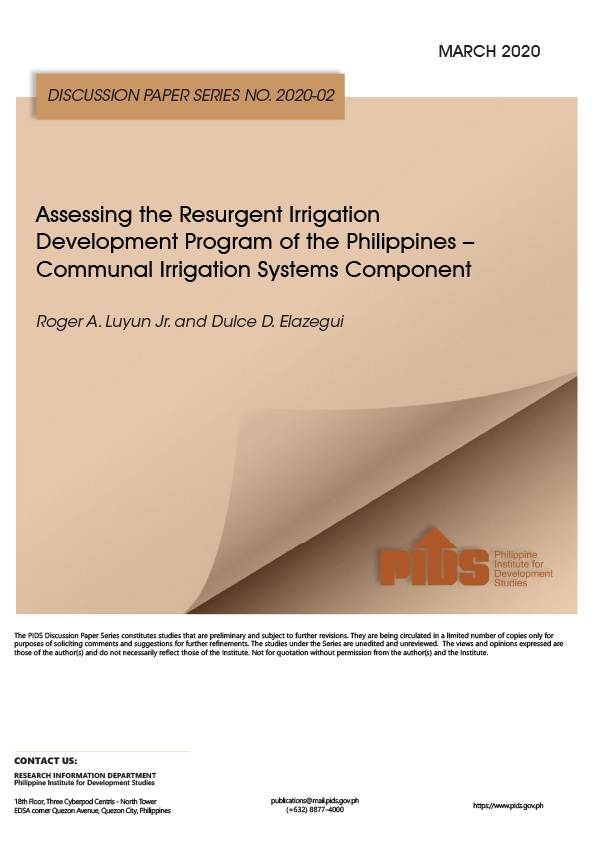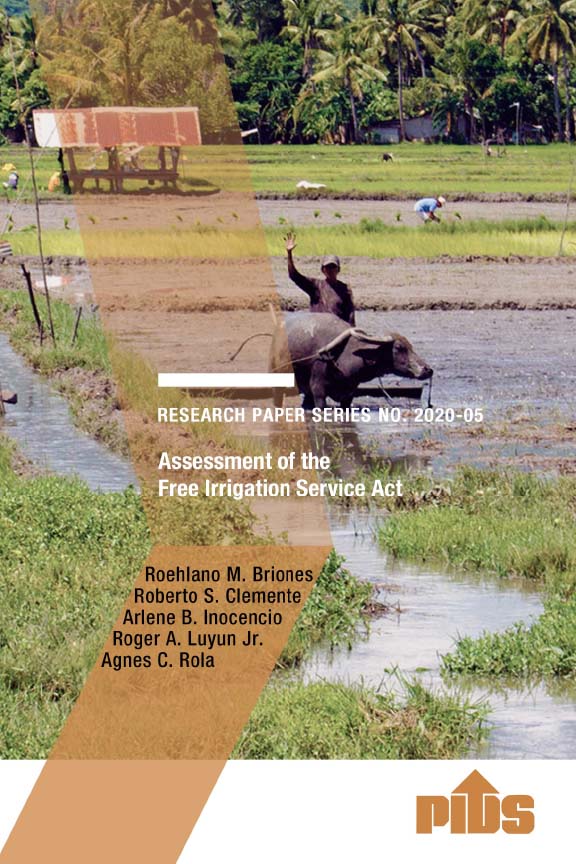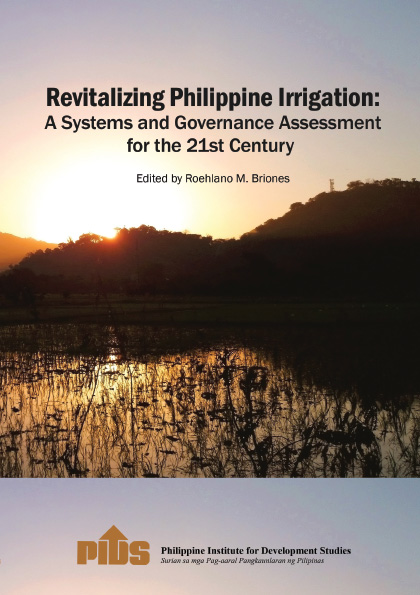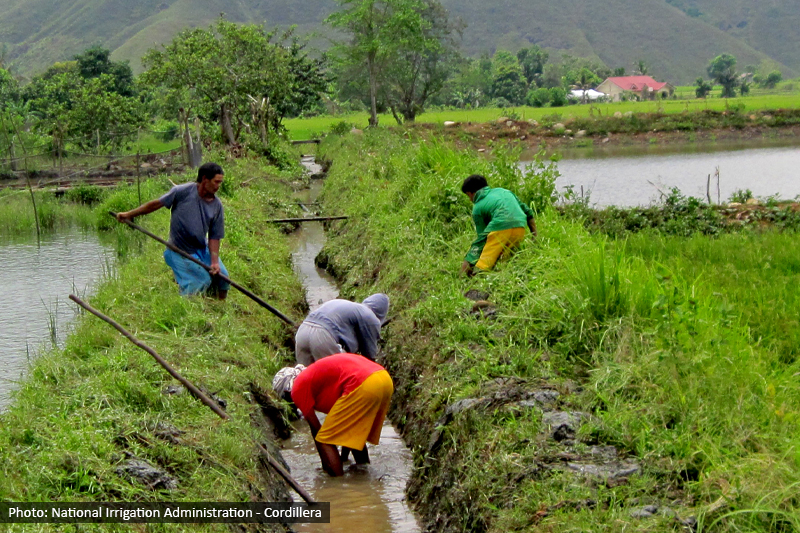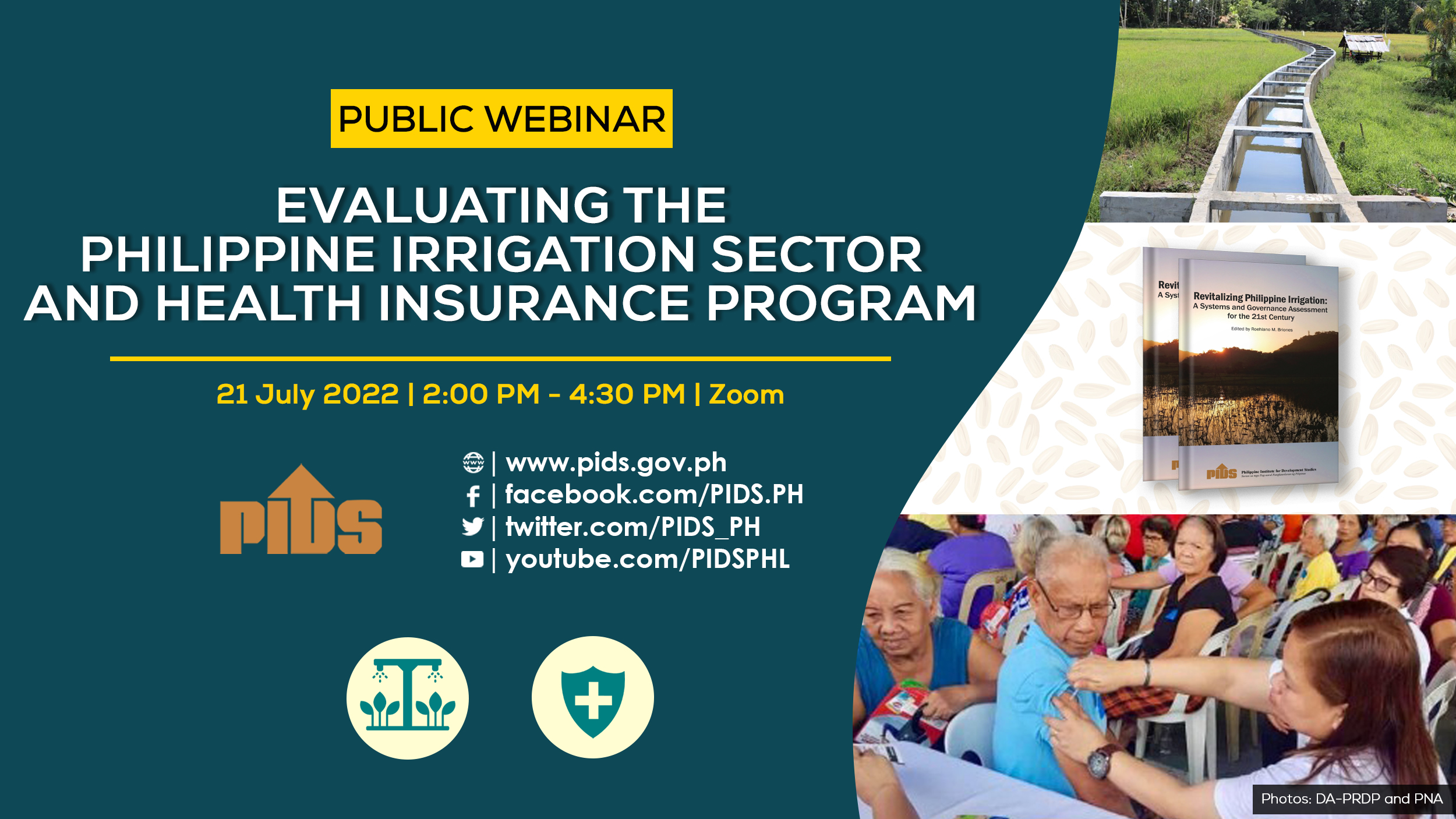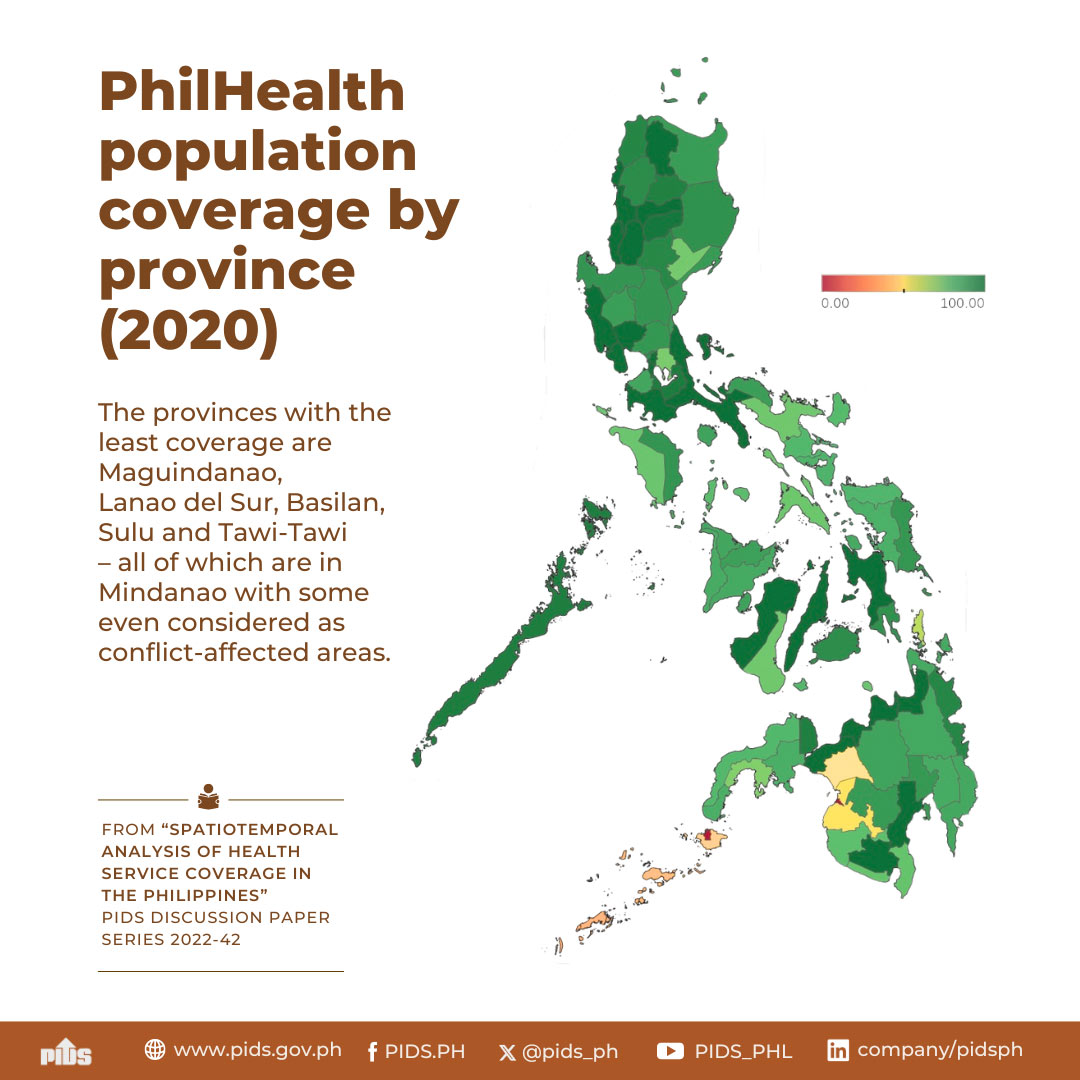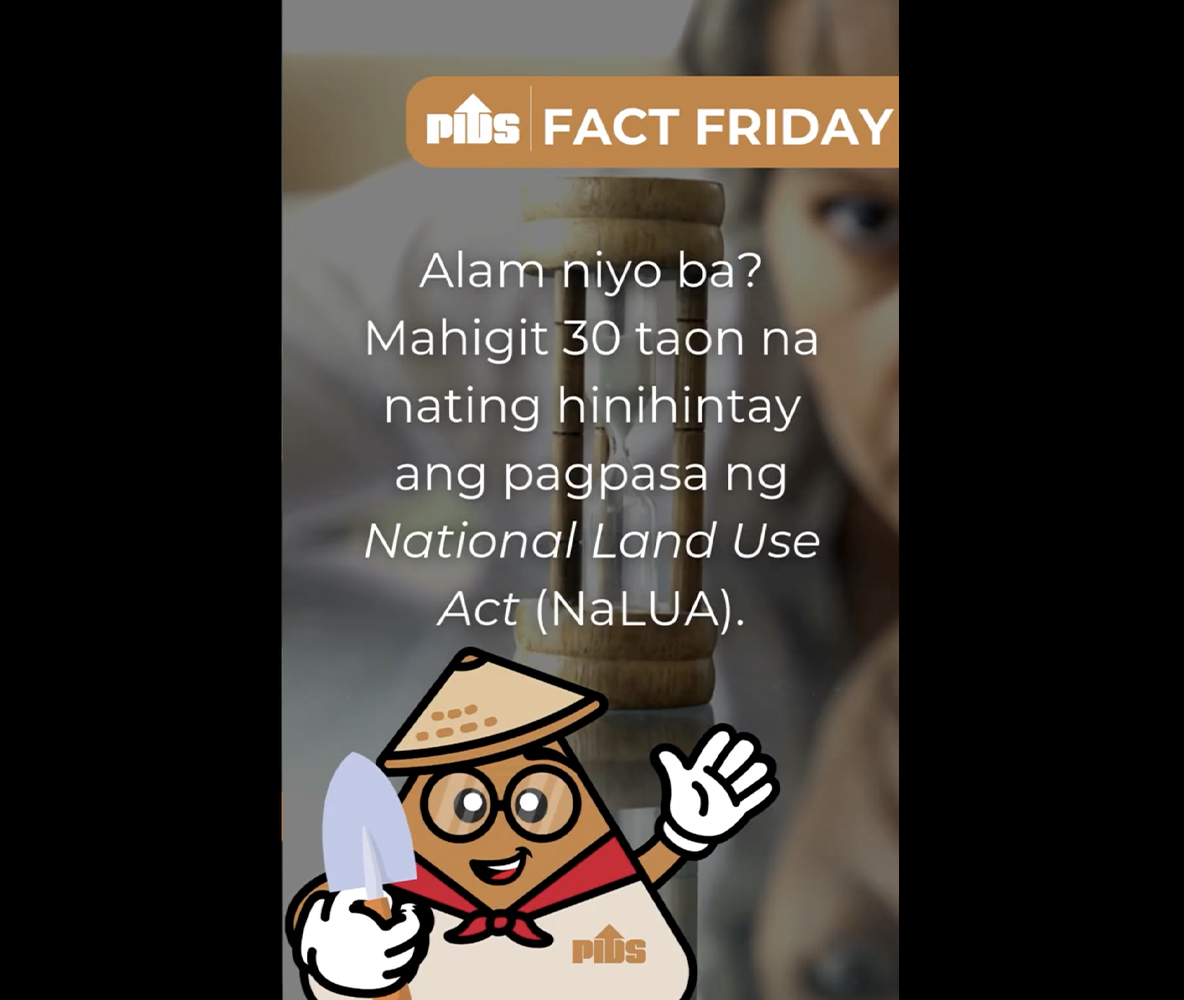The country's irrigation systems have had a long history of recovering maintenance cost from farmers. The Free Irrigation Service Act (FISA) of 2018 was a radical departure from this policy. Based on examining secondary data, and primary information from key informant interviews and focus group discussions, this study conducts a preliminary assessment of the policy change. The assessment finds that the main benefit to farmers from free irrigation is the savings from paying the irrigation service fee in the case of national irrigation systems (NIS); and the subsidy for operations and maintenance (O&M) in the case of communal irrigation systems (CIS). The overall level of O&M may have increased despite the likely decline in O&M subsidy for NIS. However, while beneficiaries of free irrigation are poorer than average, a large majority of potentially beneficiaries are nonpoor; to achieve equity objectives, targeted transfers are probably superior to in-kind transfers such as free irrigation. Several recommendations are provided: 1) Continue to pursue irrigation management transfer within the context of free irrigation for both NIS and CIS, based on minimum maintenance for National Irrigation Administration (NIA) maintenance and transparent maintenance standards for both NIA and irrigators' associations; 2) Provide for sustained and increasing O&M subsidy, but make it available only on a performance basis; 3) Explore water-saving as a performance criterion in O&M subsidy; 4) Transform NIA into a service providing agency specializing in technical assistance to IAs, contract design, and performance monitoring; 5) Introduce a mandatory review comparing FISA with other social assistance and social protection schemes in achieving equity objectives.
Citations
This publication has been cited 1 time
- Regalario, Pola. 2022. The Free Irrigation Service Act did not distribute hectares of land to farmers. Rappler.

